Day 8 This Way to the Tropics… (Written on June 08, 2013)
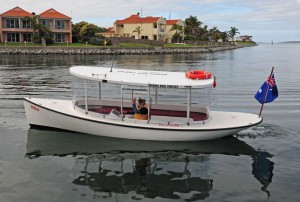
Captain Freddie – our Port Lincoln ‘departure committee’ waves a fond farewell!
Photo credit M.Jenner
At 0745 in the morning Freddie kindly arrives to take Sam to the airport and Dale and Inday for last minute supplies. Newspapers, pastries and a snapper part of the essentials bought from Port Lincoln. By 1030 we are moving from the jetty making our way out of the marina and across Boston Bay. At 11am rounding Cape Colbert on the Eyre Peninsula, we pass Donington Reef heading 1150 to clear to the north of Dangerous Reef as we cross Spencer Gulf. This is just the sort of instruction one needs on the chart – “Steer clear it’s dangerous!” Ok, I shall and do!
Spencer Gulf is a relatively large water-way extending west to east from Point Bolington 67 nm to Point Gambier and from the south at West Cape northwards 145 nm to Point Germein. Even further another 35 nm from Point Germein the northerly winding upper reaches eventually terminate at Port Augusta.
Scanning the area between measuring these details from the chart, I glimpse the form of black whale body momentarily at the surface. A second surfacing and a tall straight blow have us guessing we have another humpback whale in our sights at 0.8nm distance. “Yahoo, we have another whale!” I bellow. Captain Curt reminded me that by mistake I had used my outside voice inside… Slowing and approaching carefully we consider deploying a sonobuoy if it is a Southern right whale as we really wish to determine from a close sighting the frequency of their sounds. Yesterday, the whale was in such shallow water that unfortunately we were unable to collect the sounds due to the physical nature of the sonobuoys we use.
Inday prepares to film from the bow and I take the masthead position, just in case we have a Southern right whale. From high up the foremast one can look down on the whales providing a good chance to obtain head photographs for our colleague at the WAM (Western Australia Museum), John. With the next surfacing Curt and I chorus “Humpback.” Indeed, we will photograph another humpback whale. Taking photos of the left side of the body I can see the shape of the dorsal fin covered with pale scratches and notice the white scars on the body flank recognising them as a previously-encountered whale. “Hey, this is the same whale as yesterday” I call down from the mast. Having moved from the coast near Maclaren Point to just north of Dangerous Reef this sub-adult humpback whale is slowly moving southward out of Spencer Gulf. We wonder while collecting dorsal and tail fluke photographs how long it will stay here and it if does travel northwards, which coast it will choose. As we finish collecting our id-photos, we offer assistance “Follow us, we’ll take you to the tropics!”
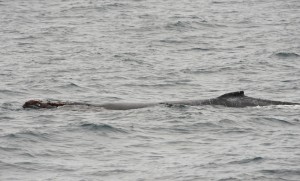
Rolling around at the surface this sub-adult humpback whale appeared to play with seaweed draped over its head.
Photo credit M.Jenner
The texture around the head looks a little different. With a quick but close inspection of the photos on the camera viewer it is evident soft brown seaweed is draped across the forward part of the animals’ rostrum. With each surfacing this novel “algal adornment” appears in different positions, across the rostrum, draped near the blowholes then at the edge of the mouth. Sub-adult humpback whales are often playful, yesterday observed with a sea-lion and today dressed in seaweed. At least this perhaps “lost” whale shows great interest in its’ surroundings. A humpback whale in Spencer Gulf during the winter season is not really the normal place for these whales. Even though sub-adults will not have access to the females during the breeding season and thus little reason for making the long journey northwards, generally this age-class will still travel some of the migration, purely to learn the details and nuances for the years to come when they will migrate into the tropics to breed. With both western and eastern populations increasing around the continent of Australia, the number of whales doing unusual things is also increasing. Perhaps bays and gulfs such as Spencer Gulf will become more common areas for immature animals to frequent during the years prior to making the long journeys north along either coastline.
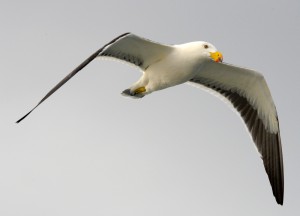
The characteristic bright red spot on the beak shows easily in this huge Pacific Gull. Photo credit M.Jenner
At 1344 at 34 51.5S and 136 19.3E a southerly swell of 2-3 m lifts Whale Song gently. Australasian gannets plummet from the sky with wings tucked tightly back entering the water with a splash looking for fish. A few large blobs on the echo-sounder look promising… I can almost taste them! “Please pass the lemon!” Crested terns circle overhead, looking below with interest. A Silver Gull and a Pacific Gull fly side by side. The Silver Gull fine like a ballerina and the Pacific Gull more body-builder style! The bright, red tip of the beak as though the bird has been dipped in a can of red paint!
Islands on our starboard North and Wedge of the Gambier Islands, rise sharply at a 45 degree angle from the sea showing the under-cutting power of the wild Southern Ocean. Steep, red cliffs above give way to soft, green vegetation on the towering hilltop.
At 1720 the sun goes down with a fizzle. However, the hour beforehand was spectacular with several horizontal slits allowing sunlit bursts of radiant beams. Albatross soar to and fro in the golden light and as the light fades from the sky, four lighthouses in our vicinity flash with different colours and individual timing, each with their own signature. I simply love lighthouses.
Our chef this evening is Dale, preparing a Port Lincoln-purchased bbq-baked snapper accompanied by Restys’ steamed sweet peas and spicy fried rice, absolutely delicious guys!
Approaching Backstairs Passage…the water between Kangaroo Island and Victoria,
Mich

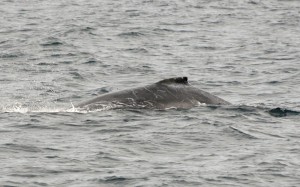
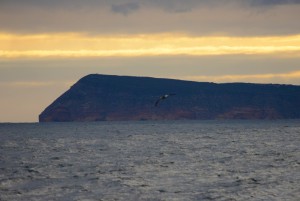



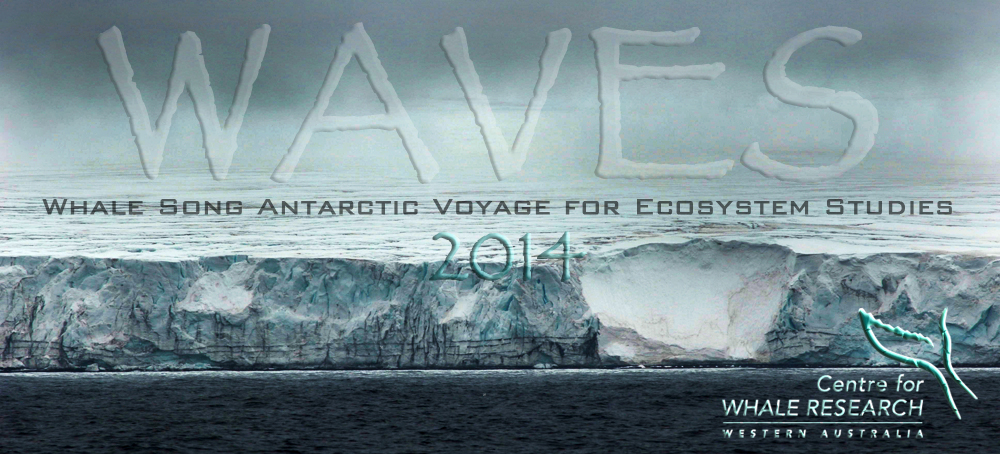










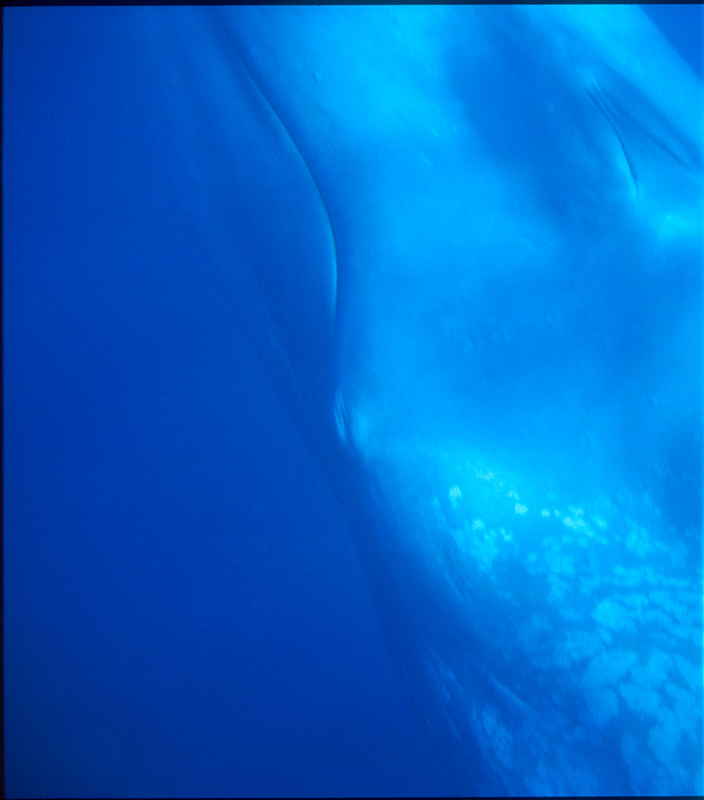
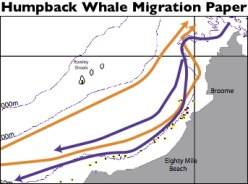
No comments yet.